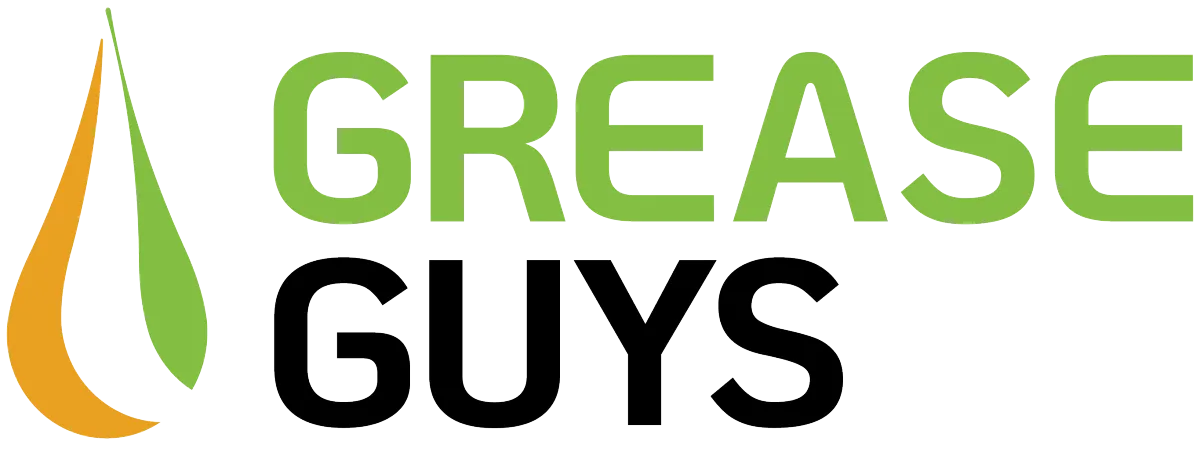Call Us Today!
Blog

How to Audit Your Kitchen’s Oil & Grease Waste to Cut Costs
Every restaurant owner knows how fast kitchen costs can add up — food, energy, labor, water, maintenance. But one of the most overlooked cost drivers hiding in plain sight is oil and grease waste.
From fryer oil that’s replaced too soon to grease traps that fill up too quickly, unmanaged waste can quietly eat into your profits. The good news? A proper kitchen oil and grease audit can reveal where your money is literally going down the drain — and help you reclaim it.
In this guide, we’ll show you exactly how to assess, track, and reduce oil and grease waste in your commercial kitchen. You’ll learn how small changes in disposal habits, maintenance, and recycling can lead to measurable savings and cleaner operations.
You’ll discover:
Why auditing your oil and grease waste matters
What to measure and how to do it efficiently
Practical steps to cut waste and boost sustainability
Common questions restaurant owners have about audits and cost reduction
Understanding Oil & Grease Waste in Commercial Kitchens
Before jumping into the audit process, it’s important to understand where oil and grease waste come from — and how they affect your bottom line.
What Counts as Oil & Grease Waste?
In a typical commercial kitchen, “oil and grease waste” refers to:
Used cooking oil (UCO) from fryers, grills, and other hot surfaces
Fats, oils, and grease (FOG) from food prep, dishwashing, and equipment cleaning
Residue buildup in grease traps and interceptors
Together, these byproducts can lead to costly problems if not managed properly: clogged pipes, fines from local FOG regulations, and higher utility or cleaning costs.
Why Audit Your Grease and Oil Waste?
An oil and grease audit isn’t just about compliance — it’s about operational efficiency. Restaurants that track and manage their grease output can:
Reduce oil purchase costs by extending fryer oil lifespan
Prevent plumbing and sewer backups through better trap maintenance
Lower disposal costs by partnering with recycling services
Recover value through biodiesel recycling programs
Stay compliant with state and municipal FOG regulations
In short, a grease audit is a low-cost, high-impact way to protect your kitchen and save money.
How to Audit Your Kitchen’s Oil & Grease Waste
Conducting an effective audit requires both observation and data tracking. Follow this step-by-step approach to understand your current waste patterns and uncover opportunities to reduce costs.
Step 1: Identify All Sources of Oil and Grease
Start by walking through your kitchen and listing every area that generates grease or oil waste. Include:
Deep fryers and grills
Dishwashing sinks and drains
Floor drains in prep or cook areas
Food prep stations
Grease traps and interceptors
This list helps you see how much grease your operation actually handles and where improvements might be needed.
Step 2: Track Oil Usage and Disposal
Keep a record of how much cooking oil your kitchen uses and how often it’s replaced.
Note purchase frequency (how many gallons per week/month).
Track disposal volume (how much used oil is collected by your recycler).
Compare the two numbers — a big gap often means oil is being wasted or discarded too early
You can use a simple spreadsheet or ask your oil collection provider to supply disposal reports.
Step 3: Inspect and Record Grease Trap Maintenance
Your grease trap is a silent but vital part of the waste management system. Review:
When it was last cleaned
How much grease and solids were removed
How often clogs or overflows occur
If the trap is filling up faster than normal, you may be washing too much grease down the drain — a sign that training or equipment adjustments are needed.
Step 4: Review Staff Practices
Even the best equipment can’t prevent waste if staff habits are inefficient. Observe:
Are fryers being topped up too frequently?
Are pans being rinsed instead of scraped before washing?
Is oil being strained and filtered properly?
A few minutes of staff retraining can cut waste dramatically.
Step 5: Calculate Potential Savings
Estimate how much you spend annually on oil purchases, grease trap service, and plumbing repairs. Then model potential savings if waste is reduced by 10–20%.
For most restaurants, a proper waste audit can save hundreds to thousands of dollars per year through smarter oil use and fewer service calls.
Step 6: Partner with a Professional Waste Service
Once you’ve completed your internal audit, partner with an experienced provider like Grease Guys. Professional services can:
Analyze your grease trap performance
Set up regular cleaning schedules
Handle used oil pickup and recycling
Provide documentation for compliance with local regulations
Grease Guys serves restaurants throughout Washington with end-to-end grease management — helping kitchens stay compliant, clean, and cost-efficient.
Tips to Reduce Oil and Grease Waste
Here are some practical ways to minimize waste after your audit:
1. Filter and reuse oil properly
Filtering extends the life of your cooking oil and reduces replacement frequency.
2. Schedule consistent trap cleaning
Routine maintenance keeps traps efficient and prevents overflows.
3. Educate your staff
Train staff on oil handling, disposal, and spill prevention. Small behavior changes add up.
4. Recycle with a licensed collector
Used oil can be turned into biodiesel — generating value and protecting the environment.
5. Monitor and adjust
Keep tracking your oil and grease data monthly. Regular reviews maintain efficiency and reveal new savings opportunities.
Frequently Asked Questions
How often should I conduct a kitchen grease audit?
At least twice a year. Large or high-volume kitchens may benefit from quarterly reviews.
Can I recycle used cooking oil myself?
No. Used oil must be collected and processed by a licensed recycler to meet environmental regulations.
How can I tell if my grease trap is too small?
If it fills faster than every 60–90 days or causes recurring backups, it’s likely undersized for your kitchen’s needs.
Does grease recycling really save money?
Yes. By recycling, you reduce disposal costs and may receive rebates or credit from collectors who convert oil into biodiesel.
What’s the most common mistake in grease management?
Failing to train kitchen staff. Even with great equipment, improper disposal habits cause clogs and waste.
Conclusion
Auditing your kitchen’s oil and grease waste is one of the simplest ways to uncover hidden costs and improve profitability. By tracking usage, maintaining your traps, and working with a trusted partner, you’ll not only cut expenses but also create a cleaner, safer, and more sustainable kitchen.
Grease Guys specializes in helping restaurants throughout Washington manage used cooking oil, grease traps, and FOG compliance. Whether you operate a small café or a large commercial kitchen, we’ll help you optimize your systems and reduce waste without disrupting operations.
Contact Grease Guys today to schedule a grease waste audit or oil collection service and start saving on your kitchen’s hidden costs.
OUR SERVICES
TIPS & ARTICLE
GET IN TOUCH
Phone: (855) 227-6060
Email: [email protected]
Address: 3188 Road M.2 NE, Moses Lake, WA 98837
Business Hours:
Mon - Sun: Open 24 Hours
AREAS WE SERVE
© All Rights Reserved • Grease Guys, LLC | Terms of Use | Privacy Policy
